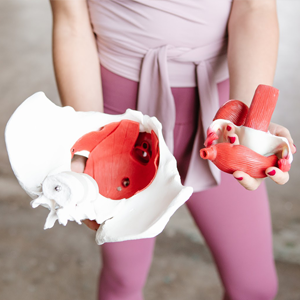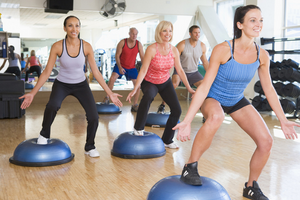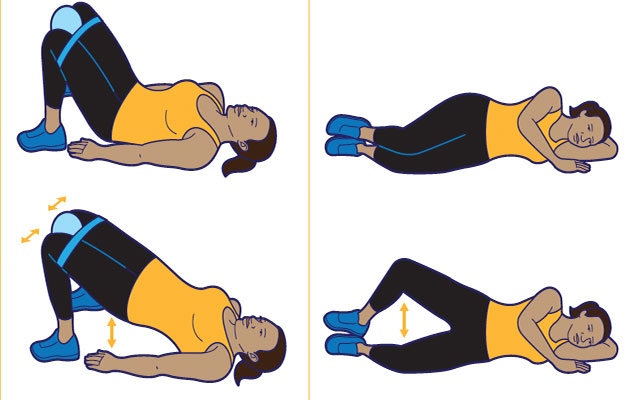Pelvic Floor Exercises for BEGINNERS in 3 EASY STEPS
Pelvic floor exercises, also known as Kegel exercises, are beneficial for both men and women, especially for those who have weak pelvic floor muscles. Here are three easy steps for beginners to perform pelvic floor exercises:
Step 1: Identify the Pelvic Floor Muscles To perform pelvic floor exercises, it is essential to identify the right muscles. A simple way to do this is to sit on a chair with feet flat on the floor and imagine stopping the flow of urine midstream. The muscles used to do this are the pelvic floor muscles.
Step 2: Contract the Pelvic Floor Muscles After identifying the pelvic floor muscles, the next step is to contract them. Contract the muscles for three seconds, then relax for three seconds. Repeat this process ten times. Be careful not to flex the muscles in the abdomen, thighs, or buttocks, and breathe freely during the exercises [2].
Step 3: Incorporate a Towel Roll or Standing Upright To improve feedback about whether the pelvic floor muscles are contracting and relaxing, pelvic floor exercises performed sitting on the arm of a chair or using a towel roll can be beneficial. A towel roll pressing into the pelvic floor can also provide a reference point to lift the muscles away from [1]. Standing upright can also help strengthen the pelvic floor muscles by engaging the core muscles and preventing the use of other muscles to assist with the exercises [1].
In summary, for beginners to perform pelvic floor exercises, start by identifying the pelvic floor muscles, contract and relax the muscles for ten repetitions, and incorporate a towel roll or standing upright for better feedback and strengthening of the pelvic floor muscles. Remember to breathe freely during the exercises and avoid using other muscles like the abdomen, thighs, or buttocks. With regular practice, pelvic floor exercises can strengthen the muscles, improve bladder and bowel control, and enhance sexual health [2].


































